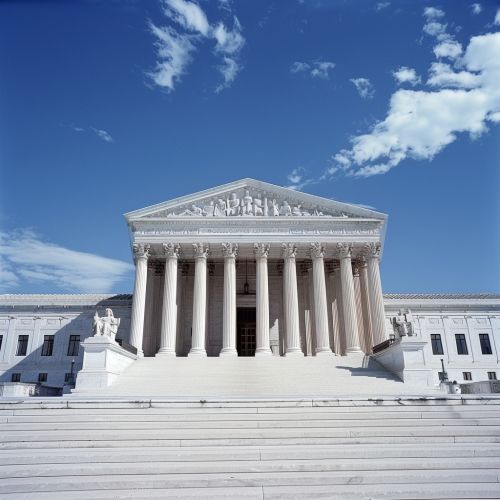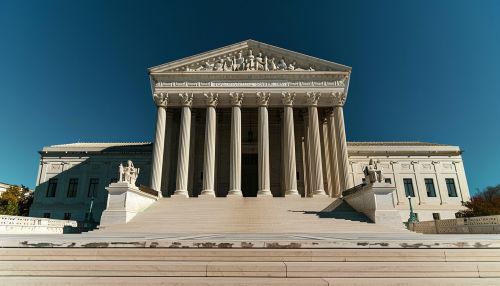United States Supreme Court
Establishment and Constitutionality
The United States Supreme Court is the highest court in the federal judiciary of the United States. Established pursuant to Article Three of the United States Constitution in 1789, it has ultimate appellate jurisdiction over all federal and state court cases that involve a point of federal law.
Structure and Membership
The Supreme Court consists of the Chief Justice of the United States and eight associate justices. Each justice has lifetime tenure, meaning they remain on the Court until they resign, retire, or pass away. This structure is set by Article Three of the United States Constitution, which vests the judicial power of the United States in one Supreme Court, and such inferior courts as the Congress may from time to time ordain and establish.


Jurisdiction
The Supreme Court has jurisdiction over a variety of cases, including cases arising under the Constitution, the laws of the United States, and treaties. It also has jurisdiction over controversies between two or more states, between a state and citizens of another state, between citizens of different states, and between a state, or the citizens thereof, and foreign states, citizens, or subjects.
Decision Making Process
The Supreme Court follows a set procedure when it hears cases. The justices first receive written briefs and then hear oral arguments. The justices then hold private conferences, make their decision, and write the opinion. The Court's decisions are made by majority vote. If the votes are evenly split, the decision of the lower court stands.
Impact and Influence
The decisions of the Supreme Court have had a significant impact on society and have established important legal principles. These decisions have shaped constitutional law and have had a profound effect on the legal and societal landscape of the United States.
